- PRECIOUS GEMSTONE
-
GEMSTONES
- SEMI-PRECIOUS GEMSTONES
- BIRTH STONES
- RUDRAKSHA

What Are the Types and Colors of Serpentine Gemstones?
Introduction:
Serpentine gemstone with its lush green hues and captivating textures, is a gemstone that has been admired and utilized since ancient times. Known for its striking appearance and healing properties, serpentine is a favorite among collectors and crystal enthusiasts alike.
What is Serpentine?
Serpentine is a group of minerals that are primarily composed of hydrated magnesium silicate. The name "serpentine" is derived from the Latin word "serpens," meaning serpent, due to its green, snake-like appearance. This mineral group is often used in jewelry, carvings, and as a source of asbestos.
Colors of Serpentine:
While serpentine is most commonly associated with shades of green, it can also be found in a variety of other colors. The coloration is influenced by the presence of different trace elements and impurities within the mineral structure. Here are the primary colors you might encounter:
Green: The most common and recognizable color of serpentine, ranging from light, almost yellow-green to dark, forest green.
Yellow: Some varieties of serpentine exhibit a vibrant, golden-yellow hue.
Brown: Brown serpentine is less common but can be found in certain localities.
White: Occasionally, serpentine can appear white or off-white, often mixed with green or other colors.
Black: Rare black serpentine is sometimes used in jewelry and decorative items.
Types and Varieties of Serpentine:
Antigorite:
Antigorite is known for its leafy or fibrous texture and can range in color from green to brown. This variety is often translucent to opaque and is popular for its beautiful patterns and ease of carving.
Chrysotile:
Chrysotile, the most well-known type of serpentine, is the primary source of asbestos. It typically forms in fibrous bundles and is usually green to white. While its use as asbestos is industrial, polished chrysotile can also be used in jewelry and ornaments.
Lizardite:
Lizardite is often massive in form and displays a waxy to pearly luster. Its colors range from pale green to yellow-green, and it's frequently used as a decorative stone and in metaphysical practices.
Bowenite:
Bowenite is a variety of antigorite and is prized for its gem-quality appearance. It's often translucent and comes in a beautiful green shade, sometimes with hints of blue.
Williamsite:
Williamsite is a rare, translucent to opaque variety of serpentine that can range from apple-green to dark green. It sometimes contains black inclusions of magnetite or chromite, adding to its unique beauty.
Ricolite:
Ricolite is a banded variety of serpentine, typically showcasing striking patterns of green and yellow. Its unique, layered appearance makes it a favorite for cabochons and ornamental pieces.
Noble Serpentine:
Noble serpentine, also known as "precious serpentine," is a high-quality variety that often exhibits a bright, uniform green color. It's highly valued for its aesthetic appeal and is commonly used in high-end jewelry.
Uses and Significance:
Serpentine is not only admired for its beauty but also for its purported properties. It's believed to have a soothing effect on the mind and body, promoting relaxation and calmness. Serpentine is also thought to aid in spiritual exploration and the release of emotional blockages. Its durability and workability make it a versatile material for various artistic applications.
Conclusion:
The serpentine gemstone, with its wide range of types and colors, is a mineral that holds both aesthetic and historical significance. From the bright greens of antigorite and bowenite to the unique patterns of ricolite, this gemstone's diverse varieties are sure to enchant and inspire. Explore the world of serpentine and discover the beauty and tranquility that this gemstone can bring into your life.
My Account
Contact Info
- Address: 28, 7th Street, Tatabad, Coimbatore, Tamil Nadu - 641012, India.
- Phone: +91 7264 999 000
- Email: eloragems@gmail.com
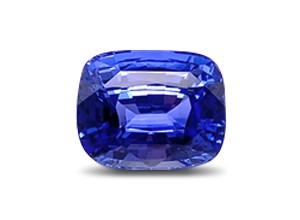 Blue Sapphire (Neelam)
Blue Sapphire (Neelam) 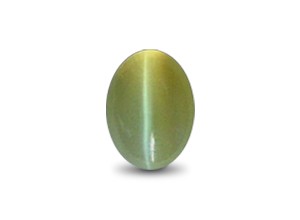 Cats Eye (Vaiduryam)
Cats Eye (Vaiduryam) 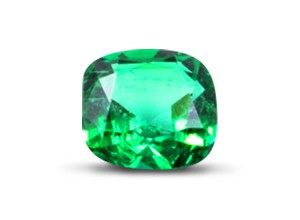 Emerald (Maragadham)
Emerald (Maragadham) 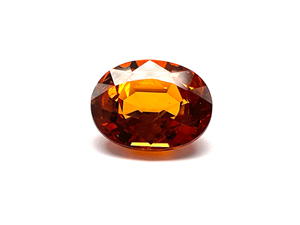 Hessonite (Gomed)
Hessonite (Gomed) 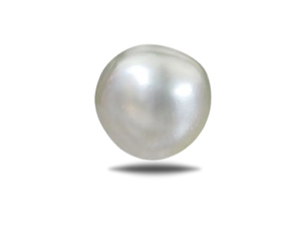 Pearl (Muthu)
Pearl (Muthu) 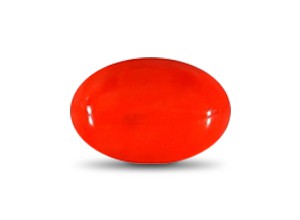 Red Coral (Pavalam)
Red Coral (Pavalam) 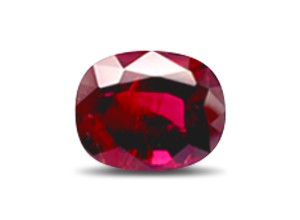 Ruby (Manik)
Ruby (Manik)  Yellow Sapphire (Pushparag)
Yellow Sapphire (Pushparag) 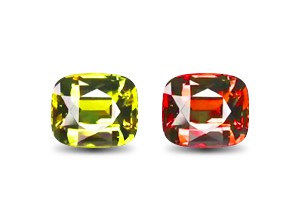 Alexandrite
Alexandrite 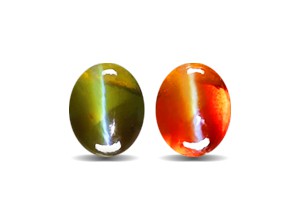 Alexandrite Cats Eye
Alexandrite Cats Eye 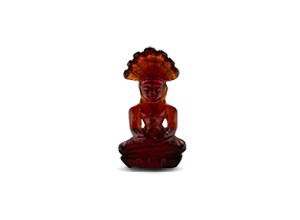 Carving Gem Stones
Carving Gem Stones 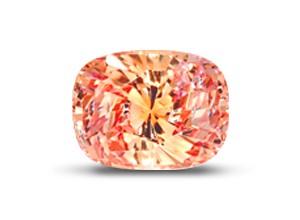 Padparadscha Sapphire
Padparadscha Sapphire 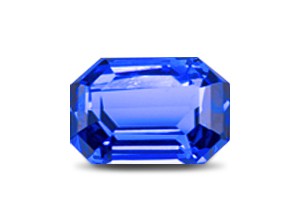 Tanzanite
Tanzanite 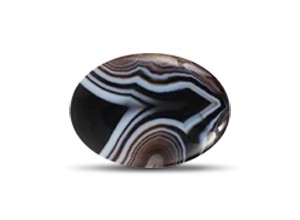 Agate
Agate  Amber
Amber 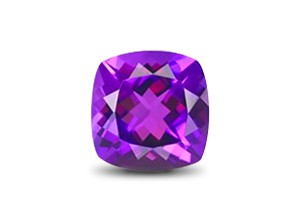 Amethyst
Amethyst 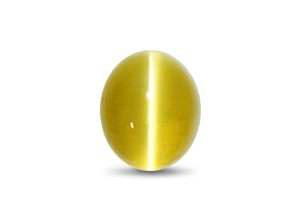 Apatite Cat's Eye
Apatite Cat's Eye 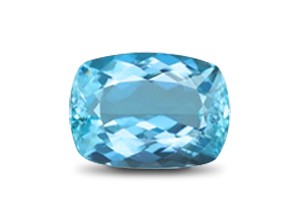 Aquamarine
Aquamarine 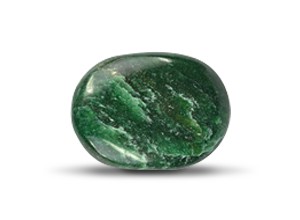 Aventurine
Aventurine 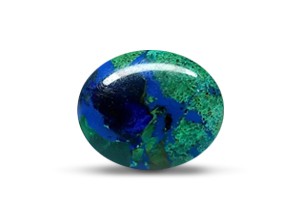 Azurite
Azurite 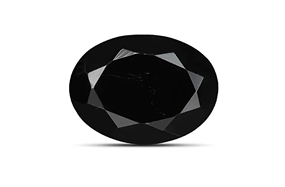 Black Tourmaline
Black Tourmaline 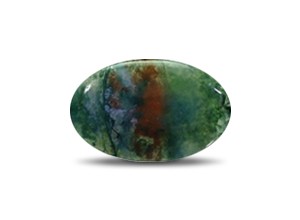 Bloodstone
Bloodstone 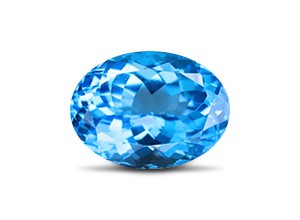 Blue Topaz
Blue Topaz 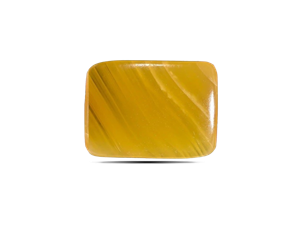 Calcite
Calcite 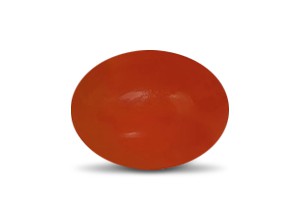 Carnelian
Carnelian 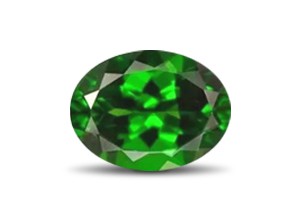 Green Sapphire
Green Sapphire 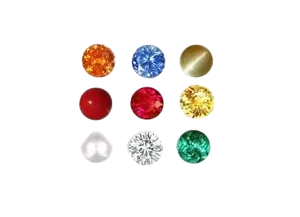 Navratna
Navratna 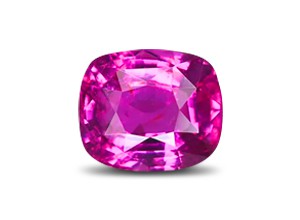 Pink Sapphire
Pink Sapphire 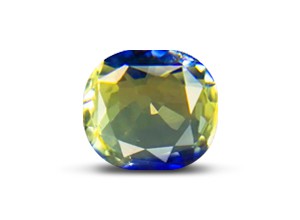 Pitambari Neelam
Pitambari Neelam 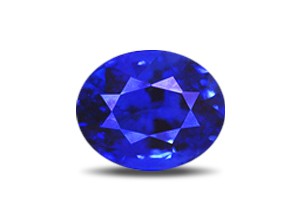 Sapphire
Sapphire 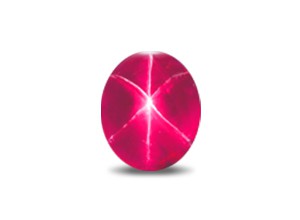 Star Ruby
Star Ruby 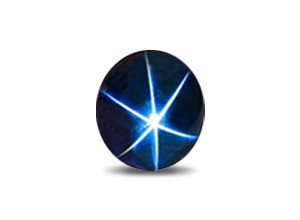 Star Sapphire
Star Sapphire 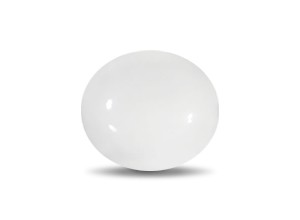 White Coral
White Coral 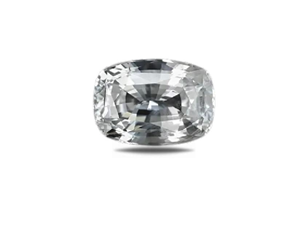 White Sapphire
White Sapphire 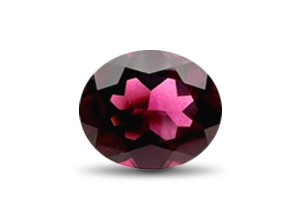 January Birthstone
January Birthstone 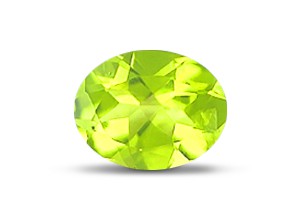 August Birthstone
August Birthstone 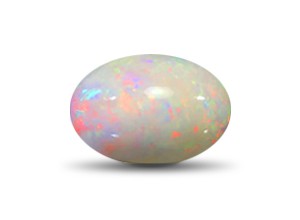 October Birthstone
October Birthstone 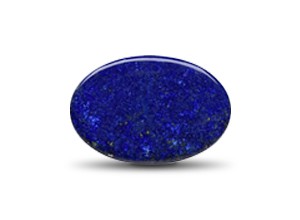 December Birthstone
December Birthstone 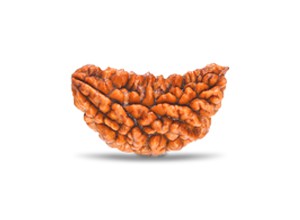 1 Mukhi Rudraksha
1 Mukhi Rudraksha 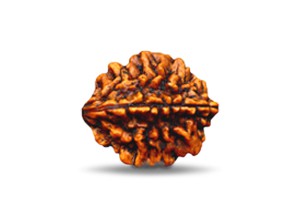 2 Mukhi Rudraksha
2 Mukhi Rudraksha 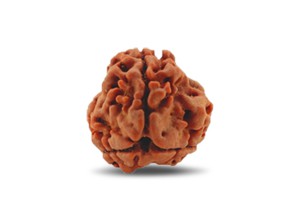 3 Mukhi Rudraksha
3 Mukhi Rudraksha 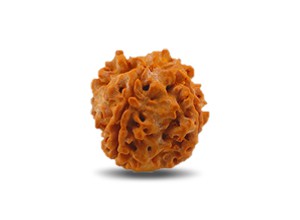 4 Mukhi Rudraksha
4 Mukhi Rudraksha  5 Mukhi Rudraksha
5 Mukhi Rudraksha 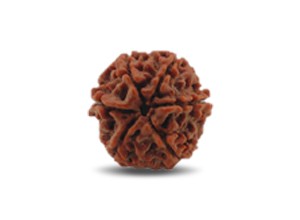 6 Mukhi Rudraksha
6 Mukhi Rudraksha 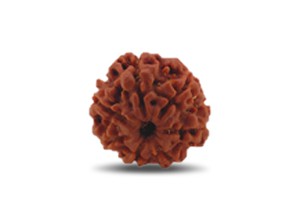 7 Mukhi Rudraksha
7 Mukhi Rudraksha 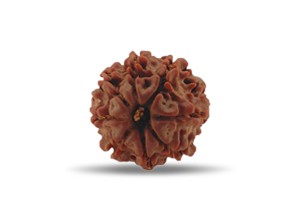 8 Mukhi Rudraksha
8 Mukhi Rudraksha 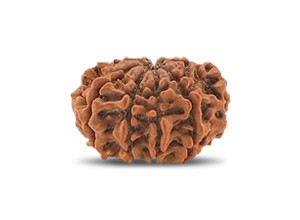 9 Mukhi Rudraksha
9 Mukhi Rudraksha  10 Mukhi Rudraksha
10 Mukhi Rudraksha 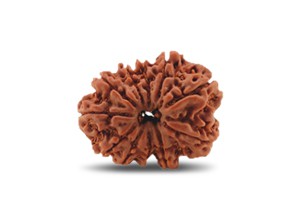 11 Mukhi Rudraksha
11 Mukhi Rudraksha 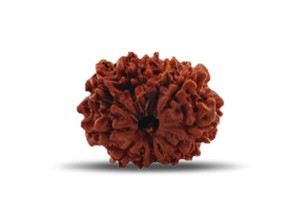 12 Mukhi Rudraksha
12 Mukhi Rudraksha 
